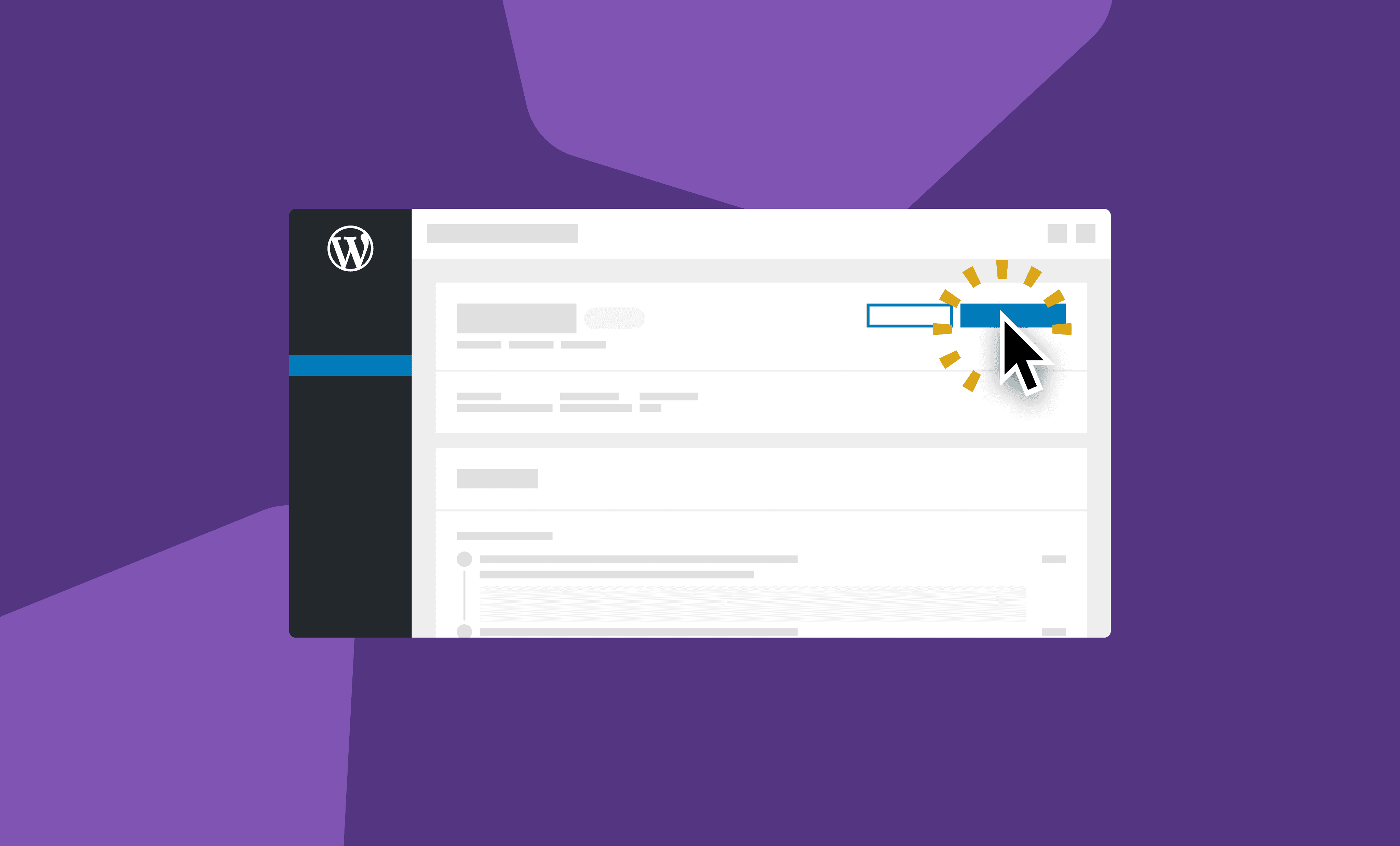Risk Management Tools
Reduce financial strain for more than 4 million merchants.
Role
Product Design / User Research / User Testing
Problem:
WooPayments was operating at a competitive disadvantage by failing to provide the means to sufficiently manage incoming payment risk, and this was contributing to merchants choosing to process payments with a different platform that has more to offer in that regard.
Goal:
Deliver a transaction filtering tool that would build a stronger trust battery between Woo and its merchants, while decreasing customer support tickets and lost revenue related to fraudulent transactions.
Outcome:
100% user adoption
35% drop in support tickets
Increased trust between Woo and its merchants
Revenue growth for Woo and its merchants
Design Process
I leveraged existing customer feedback to define gaps in the user experience, and performing competitive analysis helped start the foundational work as soon as possible. I used this information to inform low-fidelity prototypes that could be the basis for rapid usability testing with existing merchants.
As the design lead I drove collaboration and feedback across teams while providing weekly updates to the Payments leadership group.
After clarifying the product scope I began work on high-fidelity prototypes and user journey diagrams, collaborating closely with engineering on implementation details throughout the process to avoid knowledge gaps during handoff. Every step of the user journey was prototyped and documented in Figma to make things easier to translate into code. We ran staging builds regularly to ensure the final experience felt seamless in use. Updates were documented at the organization level to encourage feedback from all stakeholders.
Merchants often don't understand the liability or responsibility that comes with accepting payments online. During usability testing we discovered that merchants would enable every filter thinking that this would would be the best way to protect their store from fraud. This challenged the assumption that more transparent choice was better for the user. The actual outcome was that enabling everything without careful configuration led to nearly every incoming transaction being blocked.
I spent a lot of time refining how the advanced controls were presented and information was communicated. I proposed an onboarding flow that focused on communicating the benefits of these tools rather than plaguing the merchant with having to make a technical decision. The tools were released with two levels of control:
basic, on by default
advanced, optional opt-in
The basic tools communicated the base level of protection available to all merchants across the WooPayments network, while the advanced opt-in allowed merchants to have more granular control over how aggressively their incoming transactions were screened.
The final design took care to explain how each filter worked and what its specific benefit is to the merchant. Presenting the information as benefits before choices led to greater intentional use of the feature rather than just passive user adoption.






